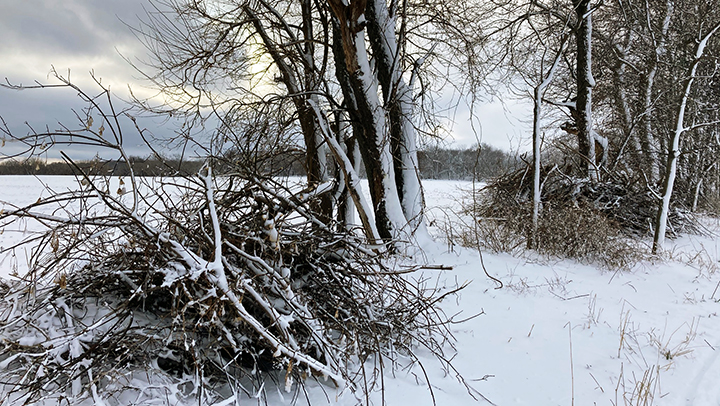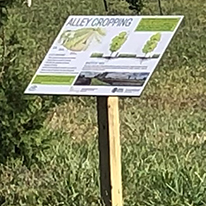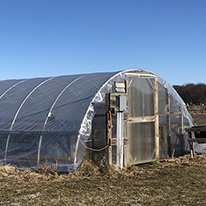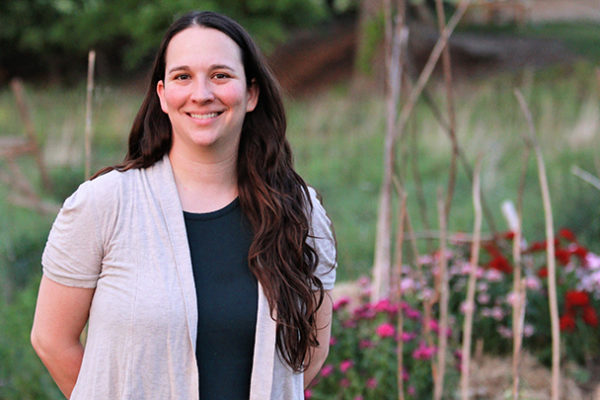Sarah White interviewed Rita Fox, lead volunteer in woodland restoration for Silverwood Park (and board secretary) in Fall 2020 about her work in the park.
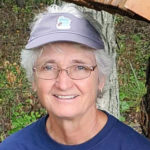
SW: What’s going on in the wooded parts of Silverwood as this fall gives way to winter?
RF: When the frost has settled into the soil, that’s an important time for our woodland restoration because you can work near the oaks in the savanna area without injuring them.
Year round we do intensive thinning of invasive species. In December and in February, we’ll schedule work-days, coordinating with Dane County Park’s trained chainsaw volunteers, to cut brush and make piles for burning. These work-days are a great opportunity to talk with people who volunteer in the different Dane County parks, learn what’s going on. But we are out there almost every Friday and some Saturdays working with Silverwood volunteers, cutting brush and making piles.
Once there is one inch of snow on the ground, we can burn the brush piles. Last year, we burned 70 piles in October and November alone! This year we have about 100 waiting to burn.
SW: Can volunteers help with those burns?
RF: Yes, and the key volunteers are trained first.
SW: Tell me more about how you are working on removing invasive species.
RF: You ought to see my volunteers working with the brush cutter we call the Billygoat! It is a walk-behind mower. It can take down buckthorn that’s about 2 inches in diameter. The Billygoat really helps on the more level areas of the woods. In the steep areas and around some fallen trees, we have to do the cutting by hand–you can only do so much with the machine.
SW: Do you use any chemicals to prevent regrowth of the invasives?
RF: We try to use as little as possible, but we do use some chemicals. We use Garlon, which is an oil-based product, to treat stumps after we cut. If we get regrowth, a foliar mix of Garlon is sprayed on foliage using a backpack sprayer.
Garlic mustard is another plant we’re working to get rid of. As the removal of brush opens up the woods to more light, the garlic mustard can really multiply.
Buckthorn and burdock are also problems we treat. Garlon works on burdock when it’s young; if it gets older we treat with a different chemical, Milestone.
Burning Bush is a landscaping plant that doesn’t belong in the southern Wisconsin woods and honeysuckle; so we take out those plants as well.
SW: What else is happening in the woods in winter?
RF: This is also a time when we’re busy gathering logs to use for our mushroom inoculation. Next spring we will again hold workshops on how to make and care for these logs, which produce fresh mushrooms. We’ve used oak logs and cherry logs, inoculated with shitake and namiko mushroom spores. The Friends of Silverwood Park sell these mushroom logs to raise funds for maintenance and education at the park.
SW: If someone wants to volunteer to help with your work in the woods, what should they do?
RF: Visit the contact us page and get in touch!

